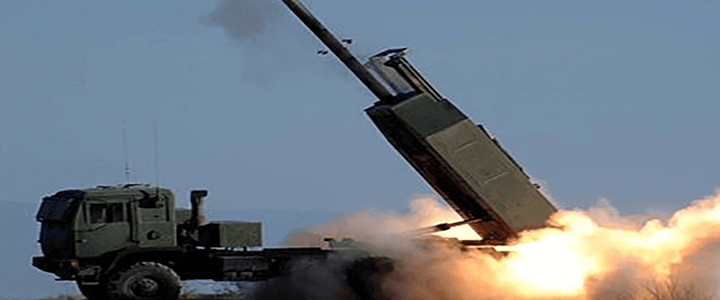On Monday afternoon, the New York Times reported on an eye-opening study from Michael Elleman, a senior fellow at the International Institute for Strategic Studies, a British think tank. The North Korean regime’s ability to bounce back so quickly from several high-profile failures in their missile development program was due to technology acquired from a Ukrainian state-owned missile factory that used to build Russia’s missiles.
That’s not a leak, though. Security experts are paid to combine their specialized knowledge of an subject and apply it to information freely available in the media. No, the leak here is that the Times verified at least some of Elleman’s conclusions through “classified assessments by American intelligence agencies.”
a factory in distress, on the edge of chaos
Ellesman uses exhaustive imagery analysis to conclude that the DPRK’s latest Hwasong-12 and -14 long-range missiles use an engine “based on the Soviet RD-250 family of engines,” available only “at Russia’s Energomash concern and Ukraine’s KB Yuzhnoye. One has to conclude that the modified engines were made in those factories.”
The alternative hypothesis – that Russian/Ukraine engineers were employed in North Korea – is less likely, given the absence of any known production facility in North Korea for such engines. In addition, Western experts who visited KB Yuzhnoye Ukraine within the past year told the author that a single-chamber version was on display at a nearby university and that a local engineer boasted about producing it.
Yuzhnoye is the design arm of the Yuzhmash factory in the city of Dnipro, Ukraine’s fourth-largest city. Dnipro sits on the Dnieper River about 150 miles west of Donsetsk, the center of the self-prociaimed “Donetsk People’s Republic” established by Russian-backed insurgents. According to the Times story, after Russian-friendly Ukrainian President Viktor Yanukovych fell from power in February 2014, Russia cancelled rocked engine orders from Yuzhmash, leaving the factory scrambling for work.
Yuzhmash and the Ukrainian government both strongly deny the reports, but the fact remains that Ellesman’s assessment that the Koreans are using old Soviet rocket engine technology to advance their own missile program is fairly compelling. In fact, The Bulletin of Atomic Scientists also published an analysis of the most recent DPRK tests which reaches the same conclusion.
Whether the engines came from Russia, an adversary, or Ukraine, a supposed ally who last month declared it wanted to join NATO, is equally problematic. On the one hand, it would signal yet another instance of Russia ratcheting-up geopolitical tensions. on the other, it would signal a partner who is not fully invested in the partnership.
WHAT dO THE INTEL AGENCIES SAY?
The fact that the Times led with the revelation that its reporting was informed by intelligence community leaks, and that it spent most of the story stressing the Ukrainian link, with only a passing mention of the possible Russian connection, would suggest that the evidence is pretty solid. And the Times cryptically notes, “Experts believe [Ukraine] is the most likely source of the engines that in July powered the two ICBM tests.”
Another reason to believe the Ukraine connection is how it goes against the prevailing narrative. Since January, leakers within the intelligence community have appeared to do everything to paint Russia in the worst possible light. Were there a way to pin this on Putin, they would have done it. That didn’t happen here.
In fact, the report on the Ukrainian connection to the DPRK missile program came on the same day the Trump administration, as the Associated Press reported, “reopened consideration of long-rejected plans to give Ukraine lethal weapons” in an effort to gain “leverage” over Russia in the Ukraine conflict.
This information couldn’t come at a worse time for the Ukrainian government, but it comes at the perfect time for efforts to disrupt the DPRK’s missile supply chain.



